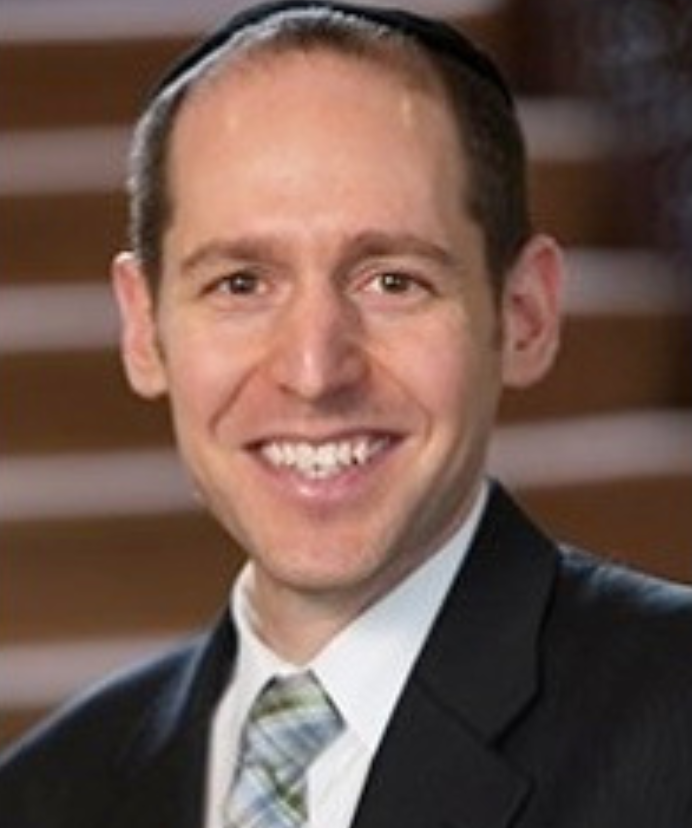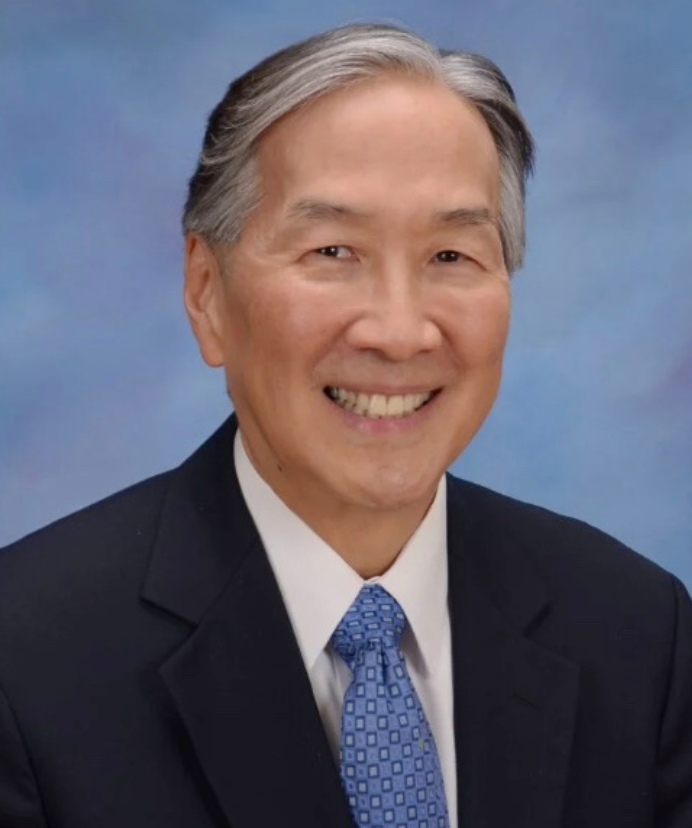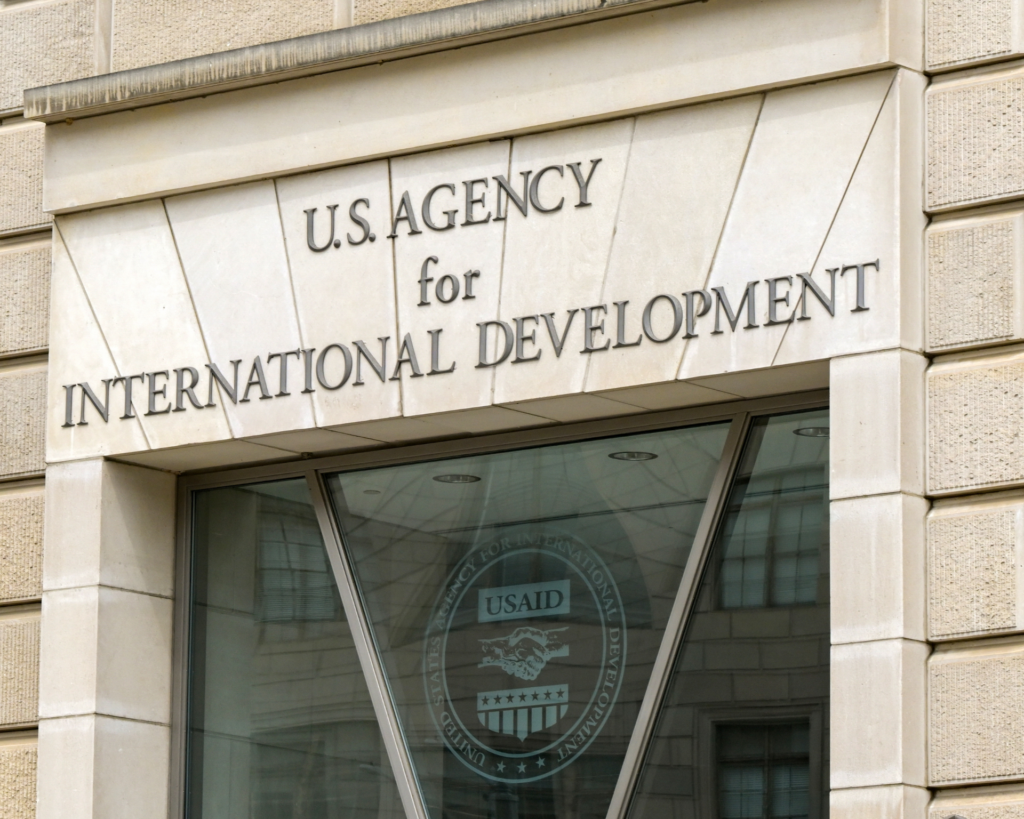Building Bridges in the Classroom for Spirituality and Health
Spirituality is intrinsic to what it means to be human, but it is often not discussed in the public health classroom. It should be.

Read Time: 4 minutes
Published:
Modern public health classrooms explore a wide array of meaningful, cutting-edge topics related to health. These range from health system innovations to threats of emerging pathogens and new insights about artificial intelligence and health. Amidst this breadth, however, the marked absence of spirituality — a cherished and deep part of the identity of most of the world’s population — somehow represents the norm.
Spirituality is intrinsic to what it means to be human. It’s how many of us seek meaning, purpose, and transcendence. And it’s how we connect to something bigger than ourselves. Spirituality often overlaps with religion, which some define as the search for significance within the context of established institutions and communities. Spiritual ideas and related practices matter enormously to many diverse communities around the world — and to many in public health. Yet somehow, we never seem to talk about them in the course of public health training. Why not?
Thankfully, a great deal of empirical work can help start this important conversation. Over the past two decades, numerous scholars and research teams have generated a large body of empirical evidence regarding the relationship between spirituality and health. Our team from the Harvard Initiative on Health, Spirituality & Religion recently published two defining publications that synthesize the highest-quality empirical evidence on spirituality and health.
The first article, by Tracy A. Balboni and colleagues in JAMA in 2022, analyzed hundreds of the most rigorous articles published this century (2000-2022) and concluded that spirituality is important for most individuals, particularly when facing serious illness. Moreover, spirituality can also improve health for populations at large. For example, regular participation in a religious community is linked to substantially lower all-cause mortality and lower rates of depression and suicide. As a part of the JAMA review, a national panel of experts reviewed the evidence and made a number of key public health recommendations, including greater education on the intersection between spirituality and health.
The classroom is a critical place for public health students to explore a broad range of ideas that will equip their service and leadership over a lifetime.
In an effort to think through the practice and policy implications of the JAMA review, this summer we published a second article in Health Affairs. The goal of this paper was to flesh out real-world intersections of spirituality and health at local, state, and national levels. The paper highlights a number of exemplars demonstrating the successful integration of spirituality and health. For example, at the federal level, the White House Office of Faith-Based and Neighborhood Partnerships has encouraged government and faith-based collaborations across four diverse presidential administrations.
At the state level, California, for example, is exploring how Medicaid funds can be leveraged to engage faith communities and ministerial associations to address health-related social needs. At the local level, many faith communities make notable and longstanding contributions to health services and health delivery. For example, several large health systems have successfully partnered with local congregational networks to care for some of the most vulnerable members of the community. These examples, and many others, show what is possible when public health recognizes and thoughtfully partners with spiritual and religious communities and individuals.
It is time to build bridges that start in the public health classroom to acknowledge spirituality as a social determinant of health. The topic of spirituality should be addressed as a matter of course in public health training. Lectures and discussions should be rooted in robust empirical evidence tying spirituality and health. This course content should fairly address the range of both good and harm of spiritual or religious engagement. For example, acknowledging the abuse perpetrated by some spiritual leaders as well as the way that spiritual care is part of the healing journey for many victims of abuse. Students might even be encouraged to engage in deep personal reflection about meaning, purpose, and values that motivate their own work in public health. Absent of such conversations, the field of public health will be increasingly out of touch with both scientific data and the lived experience of the populations we serve.
Inviting discussions about spirituality and health is both time-honored and cutting-edge. It is both intellectually honest and pragmatic. It can be an avenue to better promote health and well-being across our highly diverse, pluralistic nation. Learning to engage the topic of spirituality in an academic setting can help us engage across other forms of difference which we need now more than ever. The classroom is a critical place for public health students to explore a broad range of ideas that will equip their service and leadership over a lifetime. What better time to consider the full range of factors that lead to whole person health – mind, body, and spirit.





